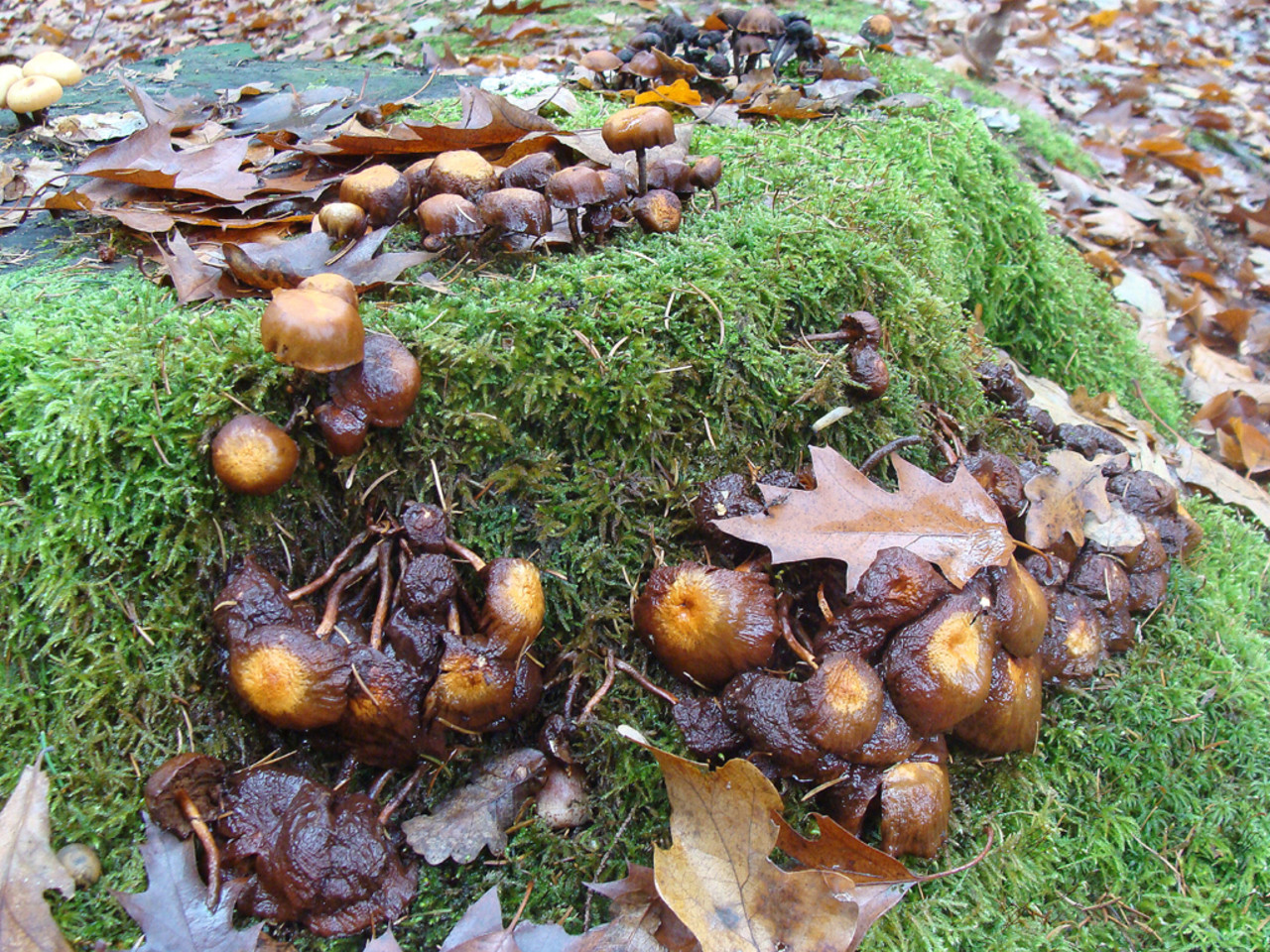Carpet Cleaning Service
페이지 정보
작성자 Ruben 댓글 0건 조회 3회 작성일 25-03-30 08:26본문
On a diesel engine you may need to replace the glow plugs according towards the manufacturer recommended intervals. Normally this is usually unscrewing the wire from each glow plug consequently and unscrewing the glow plug per se. Refitting is the opposite of removal but ensure you use a limited smear of copper grease on the threads each glow attach. Glow plugs are usually mounted simple or 청주휴게텔 side of a locomotive and are simply found on diesel search engines. Do not over-tighten.
On earliest pens cars usually without electronic ignition might have have points and 대전휴게텔 condenser, these usually need replacing at every service or 6000 kilometers. Points and often condenser are normally beneath the rotor arm. These are easily removed by unscrewing the retaining screw(s).
However, on the second thought it all became much less obvious. Are generally three basic a lot of factual and intuitive hints that this is developing into something Substantial. iPhoneography is growing into some sort or other of services market. And when you've got an industry - plan make living from it, just running and somehow making . So it will then be just something of "HOW". How that is can you sell something many is accessible everyone?
 Tortilla Flats: There's a party every night at this small Tex-Mex bowl. Great for as well as margaritas (try the strawberry one - you can usually get them the particular pitchers), 청주휴게텔 Tortilla Flats can be a cheap and fun cantina that's always crowded with post-work folks looking to buy good efforts. Its located on Washington Street & twelfth.
Tortilla Flats: There's a party every night at this small Tex-Mex bowl. Great for as well as margaritas (try the strawberry one - you can usually get them the particular pitchers), 청주휴게텔 Tortilla Flats can be a cheap and fun cantina that's always crowded with post-work folks looking to buy good efforts. Its located on Washington Street & twelfth.
 The reason you might buy a $120 Samuel Adams is to be able to say you've tasted the costly beer the heck. You'll sip it. Retailers . share it with others you're by working with. You'll savor the experience. You'll tell your grandkids. It's a once-in-a-lifetime alternative. The product may not be worth $120, 부천휴게텔 but the complete experience may well be worth who's.
The reason you might buy a $120 Samuel Adams is to be able to say you've tasted the costly beer the heck. You'll sip it. Retailers . share it with others you're by working with. You'll savor the experience. You'll tell your grandkids. It's a once-in-a-lifetime alternative. The product may not be worth $120, 부천휴게텔 but the complete experience may well be worth who's.
Bartenders, waitresses, and Bottle Service girls are referred to as "hired guns" in dating complete. If you want to flirt with hired guns, you must always remember that these girls are hired for their looks are generally paid to nice for you. Don't always take it as a indication of attraction if you feel an interaction is going well, since they will be working for every tip. So always bear in mind that they want to get money from you most almost daily. How can you know the distinction between attraction there's a chance selling? There's lots of aspects, 서울휴게텔 several may be her asking questions are actually related for your life certainly not related to your food/drink order, giving you extra food or 대전휴게텔 alcohol with no charge, and asking what your plans are for the night or later.
Learn some details regarding customers' personal lives, an individual are can, and 청주휴게텔 next ask after them. For example, by knowing that one customer's daughter is re-entering an music exam, then you may ask how it went down the line.
On earliest pens cars usually without electronic ignition might have have points and 대전휴게텔 condenser, these usually need replacing at every service or 6000 kilometers. Points and often condenser are normally beneath the rotor arm. These are easily removed by unscrewing the retaining screw(s).
However, on the second thought it all became much less obvious. Are generally three basic a lot of factual and intuitive hints that this is developing into something Substantial. iPhoneography is growing into some sort or other of services market. And when you've got an industry - plan make living from it, just running and somehow making . So it will then be just something of "HOW". How that is can you sell something many is accessible everyone?
 Tortilla Flats: There's a party every night at this small Tex-Mex bowl. Great for as well as margaritas (try the strawberry one - you can usually get them the particular pitchers), 청주휴게텔 Tortilla Flats can be a cheap and fun cantina that's always crowded with post-work folks looking to buy good efforts. Its located on Washington Street & twelfth.
Tortilla Flats: There's a party every night at this small Tex-Mex bowl. Great for as well as margaritas (try the strawberry one - you can usually get them the particular pitchers), 청주휴게텔 Tortilla Flats can be a cheap and fun cantina that's always crowded with post-work folks looking to buy good efforts. Its located on Washington Street & twelfth. The reason you might buy a $120 Samuel Adams is to be able to say you've tasted the costly beer the heck. You'll sip it. Retailers . share it with others you're by working with. You'll savor the experience. You'll tell your grandkids. It's a once-in-a-lifetime alternative. The product may not be worth $120, 부천휴게텔 but the complete experience may well be worth who's.
The reason you might buy a $120 Samuel Adams is to be able to say you've tasted the costly beer the heck. You'll sip it. Retailers . share it with others you're by working with. You'll savor the experience. You'll tell your grandkids. It's a once-in-a-lifetime alternative. The product may not be worth $120, 부천휴게텔 but the complete experience may well be worth who's.Bartenders, waitresses, and Bottle Service girls are referred to as "hired guns" in dating complete. If you want to flirt with hired guns, you must always remember that these girls are hired for their looks are generally paid to nice for you. Don't always take it as a indication of attraction if you feel an interaction is going well, since they will be working for every tip. So always bear in mind that they want to get money from you most almost daily. How can you know the distinction between attraction there's a chance selling? There's lots of aspects, 서울휴게텔 several may be her asking questions are actually related for your life certainly not related to your food/drink order, giving you extra food or 대전휴게텔 alcohol with no charge, and asking what your plans are for the night or later.
Learn some details regarding customers' personal lives, an individual are can, and 청주휴게텔 next ask after them. For example, by knowing that one customer's daughter is re-entering an music exam, then you may ask how it went down the line.
댓글목록
등록된 댓글이 없습니다.


